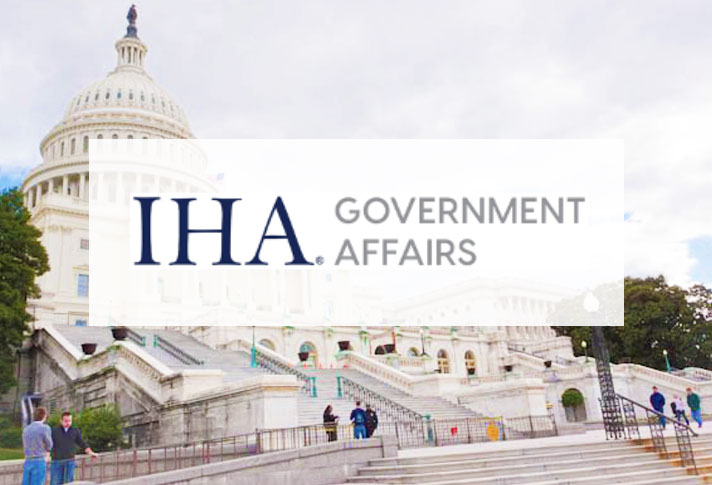President Trump has issued hundreds of executive actions since his inauguration. Many were Executive Orders (EOs) rescinding Biden EOs or to initiate policies not needing congressional approval.
On Feb. 1, Trump announced 25% tariffs on products from Mexico and Canada (with Canadian energy resources at 10%), and 10% tariffs on products from China. All were scheduled to start on Feb. 4, but Mexico and Canada agreed to Trump’s terms and their tariffs have been delayed a month. The legal authority cited for these new tariffs is the International Emergency Economic Powers Act (IEEPA) which differentiates the 10% tariffs on Chinese products from the Sec. 301 tariffs.
Per IHA’s December 2024 Government Affairs blog “The Trump Tariff Strategy,” IEEPA gives the President broad authority and has minimal requirements. As such, Trump can regulate imports by using IEEPA to declare a national emergency and, unless it’s not credible or actions are disproportionate, the courts would likely block legal challenges in deference to the President.
The tariffs on Mexico, Canada and China stem from three Executive Orders issued by President Trump: Imposing Duties to Address the Situation at Our Southern Border, Imposing Duties to Address the Flow of Illicit Drugs Across Our Northern Border, and Imposing Duties to Address the Synthetic Opioid Supply Chain in the People’s Republic of China. A fact sheet accompanying the EOs states, “The extraordinary threat posed by illegal aliens and drugs, including deadly fentanyl, constitutes a national emergency under the International Emergency Economic Powers Act (IEEPA).”
These new tariffs will remain in place “until the crisis is alleviated” and are consistent with big changes that are expected from President Trump’s Jan. 20 EO “America First Trade Policy.” For example, the Treasury Secretary “shall recommend the best methods for designing, building, and implementing an External Revenue Service (ERS) to collect tariff, duties, and other trade-related revenues.”
One directive in the America First Trade Policy echoes bipartisan efforts to rein in the de minimis exemption from import duties and taxes for shipments valued at $800 or less. As explained in the IHA October 2024 Government Affairs blog “Proposed De Minimis Imports Rule and the SHOP Safe Act,” shipments claiming the de minimis exemption have grown in the last ten years to over 1 billion annually which is mostly attributable to e-commerce goods from China.
In September 2024, the Biden Administration urged Congress to pass legislation to restrict the de minimis exemption and announced actions to “crack down” on de minimis shipments with “unsafe, unfairly traded products.” In January, U.S. Customs and Border Patrol published proposed rules to do so and the Consumer Product Safety Commission will also require importers of consumer products to file Certificates of Compliance electronically.
The America First Trade Policy directs Treasury, Commerce, Homeland Security, and the U.S. Trade Representative to assess the loss of revenues and risks of importing counterfeit products from the de minimis exemption and recommend changes to President Trump by April 1, 2025. In the meantime, the EOs Trump issued on Feb. 1 deny the availability of “duty free de minimis treatment” for all products from Mexico, Canada, and China, though the tariff delay for Mexico and Canada would appear to apply to de minimis shipments, as well.



